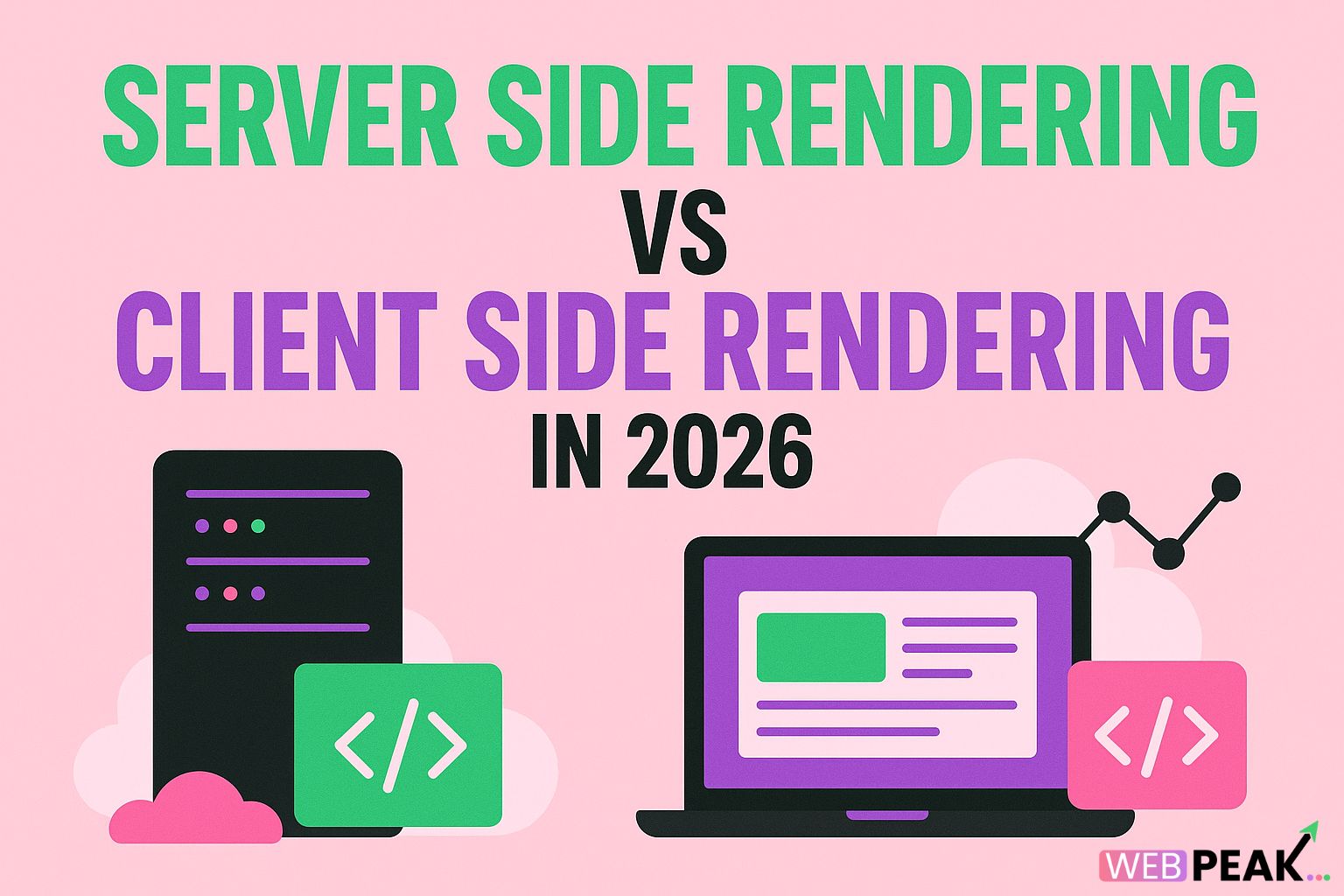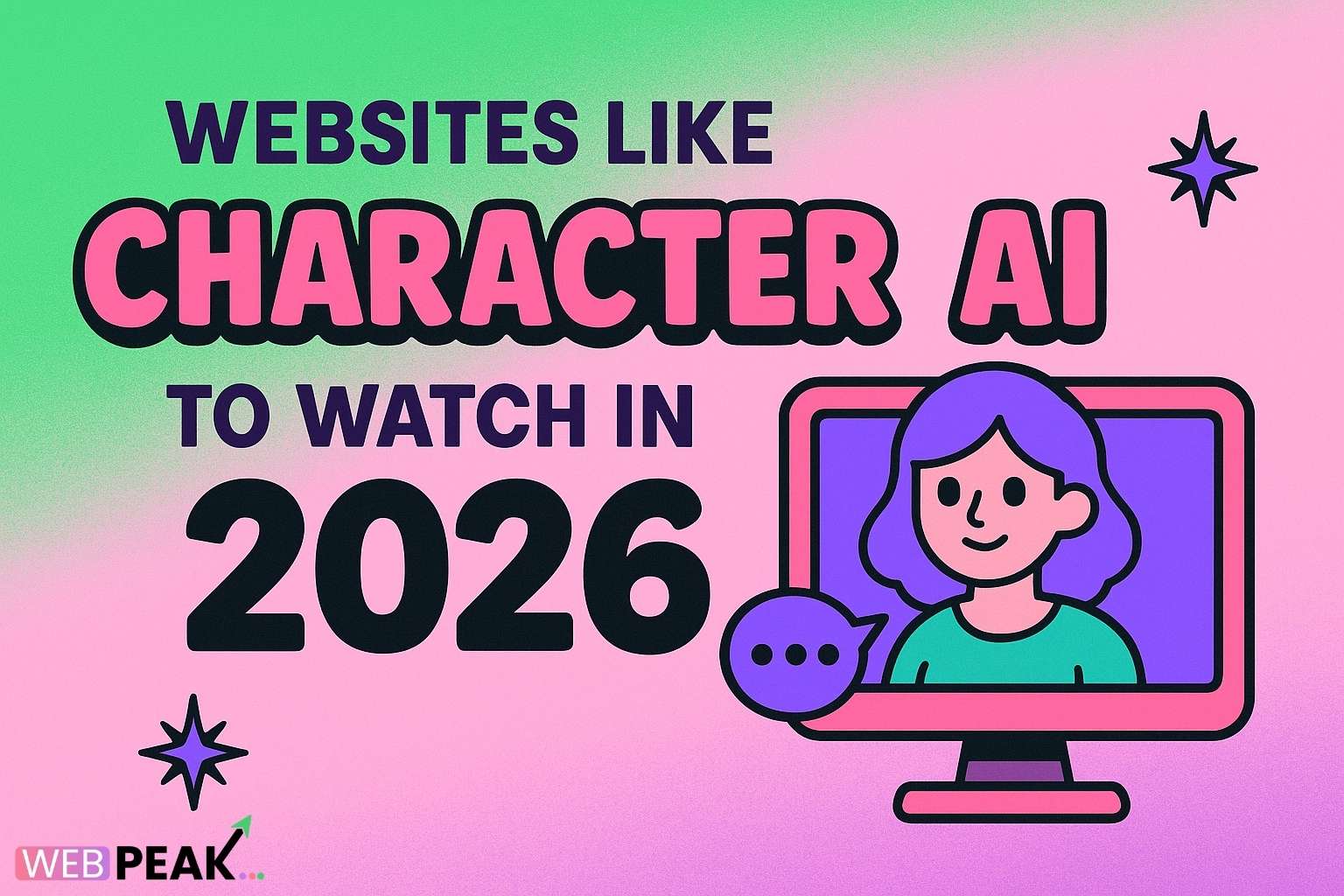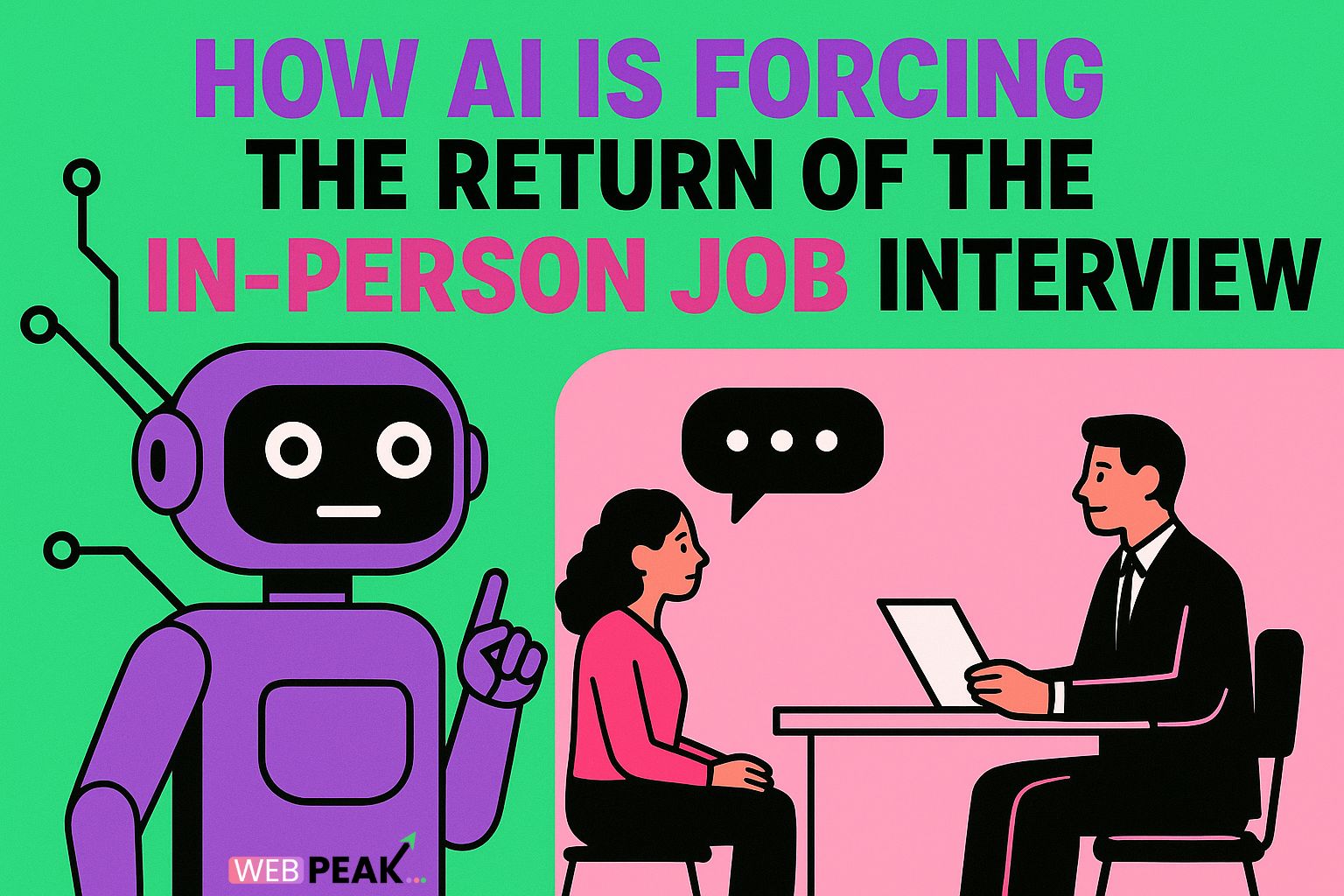Server Side Rendering vs Client Side Rendering in 2026
In 2026, the debate between Server Side Rendering (SSR) and Client Side Rendering (CSR) remains at the core of modern web development. Both techniques influence how users experience websites, how search engines crawl them, and how developers build scalable digital platforms. As web technologies evolve with frameworks like React 19, Next.js 15, and Astro 4.0, understanding the nuances of SSR and CSR has become essential for every developer, SEO strategist, and digital business leader. This article explores the differences, advantages, and modern implications of these two rendering approaches — and helps you decide which to use in 2026.
Understanding Rendering: The Core of Web Performance
Rendering defines how content is displayed to users. It determines when and how the HTML, CSS, and JavaScript are processed to generate a visible page. In simple terms, rendering is how browsers turn code into content.
There are two primary approaches: Server Side Rendering (SSR) and Client Side Rendering (CSR). While both produce visually similar results, the process behind them, performance metrics, and SEO implications differ significantly.
What is Server Side Rendering (SSR)?
Server Side Rendering means that the server processes the webpage and sends a fully rendered HTML document to the client. When the user requests a page, the server compiles the necessary data, applies templates, and sends the ready-to-view page to the browser. This approach was the traditional method in early web development and continues to be used with frameworks like Next.js, Nuxt.js, and Remix.
How SSR Works in 2026
Modern SSR setups use advanced caching, dynamic edge rendering, and content delivery networks (CDNs) to deliver pages almost instantly. With the rise of serverless computing and frameworks like Next.js 15 and SvelteKit 3, SSR can now generate pages dynamically on-demand or pre-render them for speed.
Key Benefits of SSR
- Faster First Contentful Paint (FCP): Since the browser receives pre-rendered HTML, users see content almost immediately.
- SEO-Friendly: Search engines can easily crawl fully-rendered pages, improving ranking potential.
- Better for Static and Dynamic Hybrid Pages: SSR handles both static and dynamic content effectively with modern caching strategies.
- Consistent Performance Across Devices: Less processing is required on low-powered devices since rendering happens server-side.
Drawbacks of SSR
- Increased Server Load: Each page request triggers server-side computations, increasing resource use.
- Complex Infrastructure: Managing SSR frameworks requires more robust hosting environments and caching mechanisms.
- Longer Time to Interactive (TTI): While content appears quickly, interactivity (like buttons or scripts) may load slightly slower.
What is Client Side Rendering (CSR)?
Client Side Rendering shifts the rendering process from the server to the browser. When a user accesses a page, the server sends a minimal HTML file and a large JavaScript bundle. The browser executes this JavaScript to build and display the content dynamically.
How CSR Works in 2026
In 2026, CSR has evolved with advanced hydration, progressive rendering, and streaming updates. Frameworks like React, Vue, and Angular now combine CSR with partial SSR techniques (like React Server Components) to reduce delays and enhance user experience.
Key Benefits of CSR
- Rich Interactivity: CSR allows dynamic user interfaces that respond instantly to actions without reloading the page.
- Reduced Server Costs: Since rendering happens on the client, servers handle fewer computational tasks.
- Single-Page Application (SPA) Efficiency: CSR powers SPAs, offering seamless navigation and faster transitions.
- Scalable for Complex Interfaces: Ideal for dashboards, SaaS apps, and web tools with frequent UI updates.
Drawbacks of CSR
- Slower Initial Load: Users must download and execute large JavaScript bundles before seeing content.
- SEO Limitations (if not optimized): Search engines may struggle to index JavaScript-heavy pages if not properly pre-rendered or hydrated.
- Performance on Low-End Devices: CSR relies heavily on browser power, which can slow down weak devices.
SSR vs CSR: A 2026 Comparison
| Aspect | Server Side Rendering (SSR) | Client Side Rendering (CSR) |
|---|---|---|
| Rendering Location | On the server before sending to the client | In the browser after downloading scripts |
| Initial Load Speed | Fast (HTML is ready) | Slower (JavaScript must execute) |
| SEO Performance | Excellent (content visible to crawlers) | Variable (depends on pre-rendering or hydration) |
| User Interactivity | Good (after hydration) | Excellent (SPA-like behavior) |
| Server Load | High (each request processed on server) | Low (client does rendering) |
| Use Cases | Content-heavy sites, eCommerce, news portals | Dashboards, SaaS, web applications |
Modern Trends in 2026: Hybrid Rendering Models
The web ecosystem in 2026 rarely relies solely on SSR or CSR. Instead, hybrid and adaptive rendering approaches dominate. These include:
1. Static Site Generation (SSG)
SSG pre-builds pages at build time, combining SSR’s speed with CSR’s interactivity. Popular frameworks like Next.js and Astro use incremental static regeneration to update pages on demand.
2. Progressive Hydration
This technique delays loading of interactive scripts until after the main content is visible, improving both performance and perceived speed.
3. Edge Rendering
Edge SSR enables real-time rendering near the user’s location via CDN edge servers. This dramatically reduces latency and improves global accessibility.
4. React Server Components
Introduced in React 19, server components allow developers to split rendering between server and client, optimizing both performance and developer experience.
Choosing Between SSR and CSR in 2026
Selecting the right rendering strategy depends on your project goals, audience, and technical infrastructure. Consider these scenarios:
When to Use SSR
- You prioritize SEO and content discoverability.
- Your site includes dynamic content that must appear instantly.
- You serve users on slower networks or devices.
When to Use CSR
- You are building interactive dashboards, SPAs, or SaaS tools.
- You want seamless transitions without page reloads.
- You have a global user base with modern devices and browsers.
Actionable SEO Checklist for SSR and CSR
- For SSR: Optimize server caching and CDN distribution for faster load times.
- For CSR: Use pre-rendering tools (e.g., Prerender.io) for better SEO.
- Ensure fast hydration and lazy loading of scripts.
- Implement structured data and metadata correctly.
- Use schema markup for enhanced search visibility.
- Monitor Core Web Vitals and minimize Largest Contentful Paint (LCP).
- Apply edge caching and compression for global audiences.
Frequently Asked Questions (FAQ)
1. Which is better for SEO — SSR or CSR?
SSR generally provides better SEO performance because search engines can immediately crawl and index pre-rendered HTML. However, CSR can achieve comparable results when combined with pre-rendering or server components.
2. Is SSR faster than CSR in 2026?
Yes, for the initial load. SSR provides immediate content visibility, whereas CSR requires JavaScript execution. However, CSR often delivers smoother navigation after the initial load.
3. Can I combine SSR and CSR?
Absolutely. Many frameworks in 2026, such as Next.js and Remix, offer hybrid rendering modes combining the best of both worlds — server-rendered pages with client-side interactivity.
4. Does SSR increase hosting costs?
Potentially, yes. Since the server must render each request, it can increase compute costs. Using caching and edge rendering reduces this overhead.
5. Which rendering method is better for web apps?
CSR remains ideal for web apps that require frequent UI updates and dynamic interactions, while SSR is better suited for content-driven websites that prioritize SEO.
Conclusion
In 2026, the debate of Server Side Rendering vs Client Side Rendering is less about competition and more about complementarity. Modern frameworks and hosting solutions enable developers to blend SSR and CSR intelligently for optimal performance, SEO, and user experience.
Choosing between them depends on your project’s purpose: SSR for speed and SEO; CSR for dynamic interactivity. The smartest approach often involves a hybrid model — leveraging the strengths of both.
For businesses aiming to develop high-performing, SEO-optimized websites and applications using the best rendering strategies, partnering with a digital expert like WEBPEAK can make all the difference. WEBPEAK is a full-service digital marketing company providing Web Development, Digital Marketing, and Artificial Intelligence Services — helping businesses thrive in the ever-evolving digital ecosystem.





